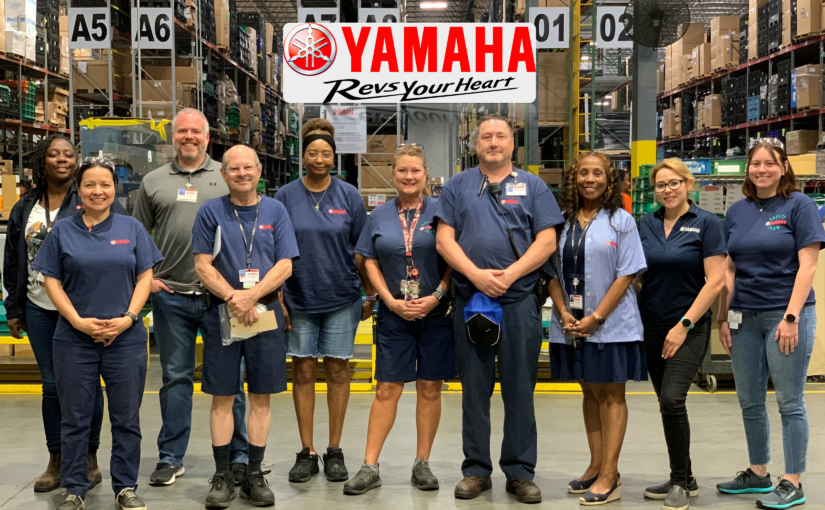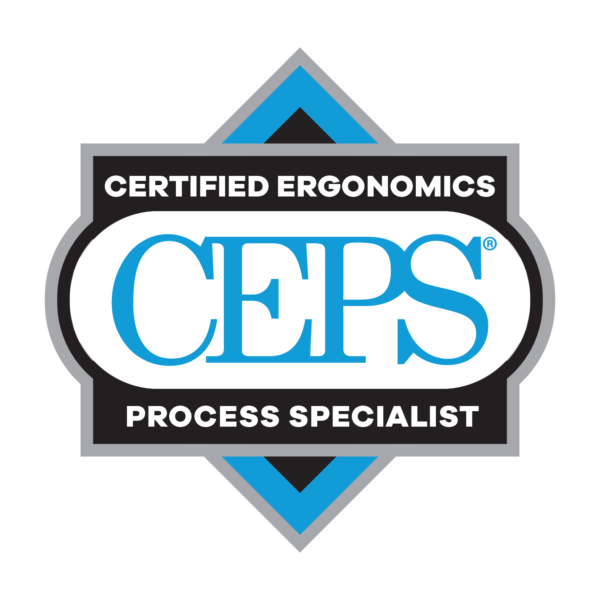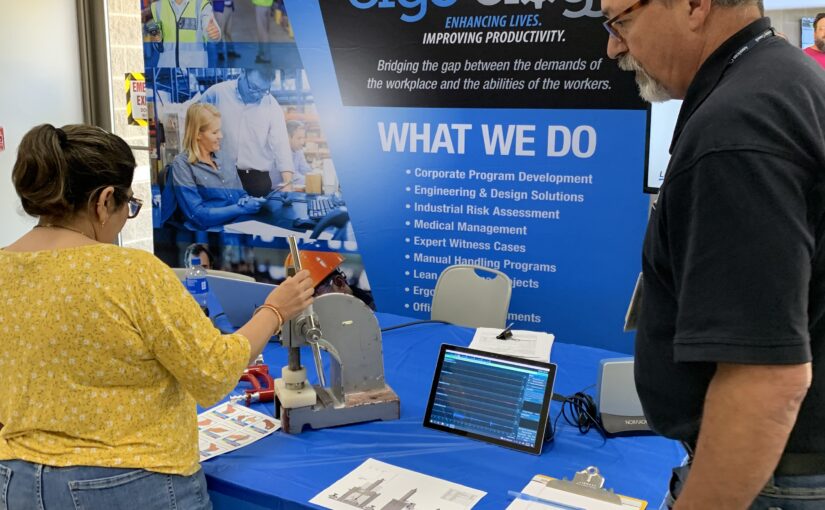
By: Katie Dwyer
According to Liberty Mutual’s 2020 Workplace Safety Index, overexertion from handling heavy objects is the number one cause of disabling workplace injuries, costing businesses nearly $14 billion per year.
Many employers in the warehousing, logistics, manufacturing and construction industries are familiar with the term “industrial athlete,” which posits that workers in very physical jobs need training just like a pro-athlete, including education on proper lifting techniques and conditioning exercises.
Despite their best efforts to deliver this training, though, most employers don’t see sustained reductions in OSHA-recordable soft tissue injuries.
“The three most common flaws in manual handling training programs are that they are not applicable, engaging, or scalable,” said Brock Anderson, owner & principal ergonomist of Ergo-ology, a consulting firm helping employers to assess and improve workplace safety conditions.
The Bootcamp is designed to specifically combat the three common shortfalls of workplace ergonomics training programs. Here are the key features attendees will learn about:
1) Hands-on Physical Training
What would a Bootcamp be without an obstacle course?
The centerpiece and key differentiator of the Bootcamp approach is a short two- to three-minute course that allows trainers to assess workers’ form on a variety of tasks. Course runs are videotaped, letting workers see for themselves where their technique might be flawed.
“We often hear workers say, ‘I know to lift with my legs and not my back. I know to avoid twisting.’ But then they see the tape and they realize their form wasn’t as spot-on as maybe they thought it was,” Anderson said.
“For jobs that are so physical, we felt it was important to have a very physical element to the training. It allows for real-time, individualized coaching, and it provides an opportunity for workers to feel their bodies performing motions correctly to start building some muscle memory.”
The obstacle course also creates a positive experience; trainees naturally get competitive over who can finish the course in the fastest time with proper form. Fun and interactive activities help participants retain more information over the long term.
2) Customized to Workplace Demands
Importantly, no two obstacle courses are the same. Every course is designed to reflect the specific tasks and workflows performed by workers at their facility.
“It’s 100% customized. We use the same equipment that they use and try to match they way they work as much as possible. This way lessons learned from the course are directly applicable to the workers’ day-to-day experience,” Anderson said.
Custom courses are especially effective to improve form and technique on tasks that take place outside of a facility’s four walls. On site, there may be a variety of engineering controls to help workers avoid overexertion, such as vacuum-assisted lifts. But when workers are out making deliveries or working on an off-site project, “that’s where training and behavior change rise to the top,” Anderson said.
“Engineering controls should be the primary method of risk reduction, but behavior change arising from specific and applicable training will go with the worker wherever they are.”
3) Scalable and Sustainable
Often, employer-implemented training programs suffer from lack of sustainability. “They’re too difficult, too complex, and don’t create the capabilities to deliver training repeatedly over the long term,” Anderson said.
The Manual Material Handling Bootcamp creates those capabilities through intensive classroom instruction of on-site supervisors, who will be responsible for delivering the training long after Anderson and his team have gone.
“We spend a few hours with supervisors of the frontline workers covering our six core principles, which overall are about teaching people how to maximize power and increase the body’s ability to withstand stress as much as possible to counter balance the physical demands of work,” Anderson said.
Participants have to demonstrate competency in the six core principles, after which they become certified trainers themselves, capable of administering the classroom training, obstacle course and coaching that constitute the key pillars of the “Bootcamp” approach.
“This very formalized ‘train the trainer’ instruction is what creates the ability to sustain the program going forward,” Anderson said.
##

Yamaha leaned into Ergo-ology’s ELP® (ergonomics leadership program) at the start of 2022 with hopes of engaging employees, developing a Read more

We are pleased to announce the United States of America has granted Ergo-ology permissions to certify in #ergonomics with the Read more

Employees complete tasks, many of which require physical labor, every day. These actions range from sitting in a chair to Read more